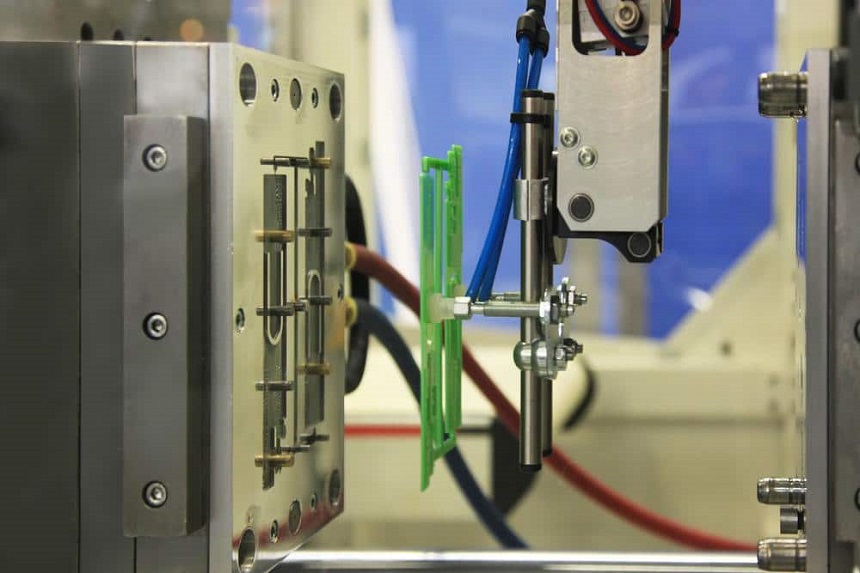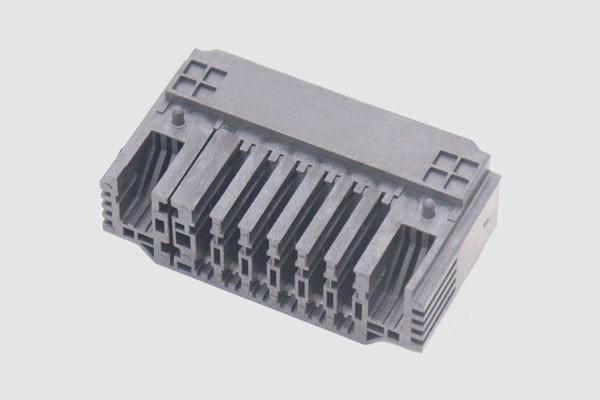Quality Control in Plastic Injection Molding: A Comprehensive Guide

Plastic injection molding is a widely used manufacturing technique that involves injecting molten plastic into a mold to create a desired shape. The quality of the plastic parts produced is critical to their functionality and performance, making quality control a key aspect of the injection molding process.
In this comprehensive guide, we’ll explore the importance of quality control in plastic injection molding, including process monitoring, testing methods, and quality standards.
1. Process Monitoring
Process monitoring involves the continuous monitoring of the injection molding process to ensure that it is functioning correctly and consistently. This can include monitoring parameters such as temperature, pressure, and fill rate. By identifying any deviations from the norm, adjustments can be made to prevent defects or part inconsistencies.
2. Testing Methods
There are several testing methods used in plastic injection molding to ensure that the parts produced meet quality standards. These include dimensional testing, visual inspection, and functional testing. Dimensional testing ensures that the parts meet the required specifications, while visual inspection can identify defects such as sink marks or flash. Functional testing involves testing the part for its intended purpose to ensure it performs as expected.
3. Quality Standards
There are several quality standards that apply to plastic injection molding, including ISO 9001, which sets out the requirements for a quality management system. Additionally, there are specific standards for industries such as automotive, medical devices, and aerospace. Adhering to quality standards is essential for ensuring that the parts produced meet the required quality levels and function as intended.

4. Root Cause Analysis
In the event that defects or inconsistencies are identified in the plastic parts produced, root cause analysis can be used to identify the underlying cause. This involves investigating the process, materials used, and other factors to identify the root cause and make the necessary adjustments to prevent reoccurrence.
5. Continuous Improvement
Continuous improvement is an important aspect of quality control in plastic injection molding. By constantly seeking to improve processes and eliminate defects, quality can be further improved, leading to better product performance and increased customer satisfaction.
Conclusion
In summary, quality control is a critical aspect of plastic injection molding. Process monitoring, testing methods, quality standards, root cause analysis, and continuous improvement are all important considerations for ensuring high-quality plastic parts. At PTMS, we specialize in plastic injection molding and can help you achieve optimal quality control in your production. Contact us today to learn more.
